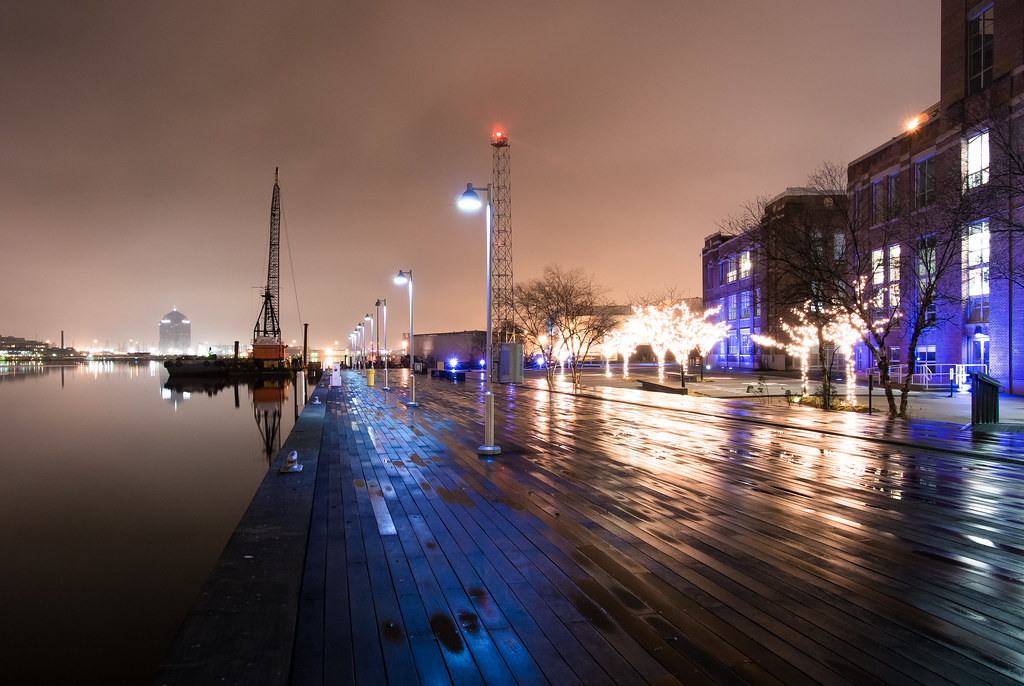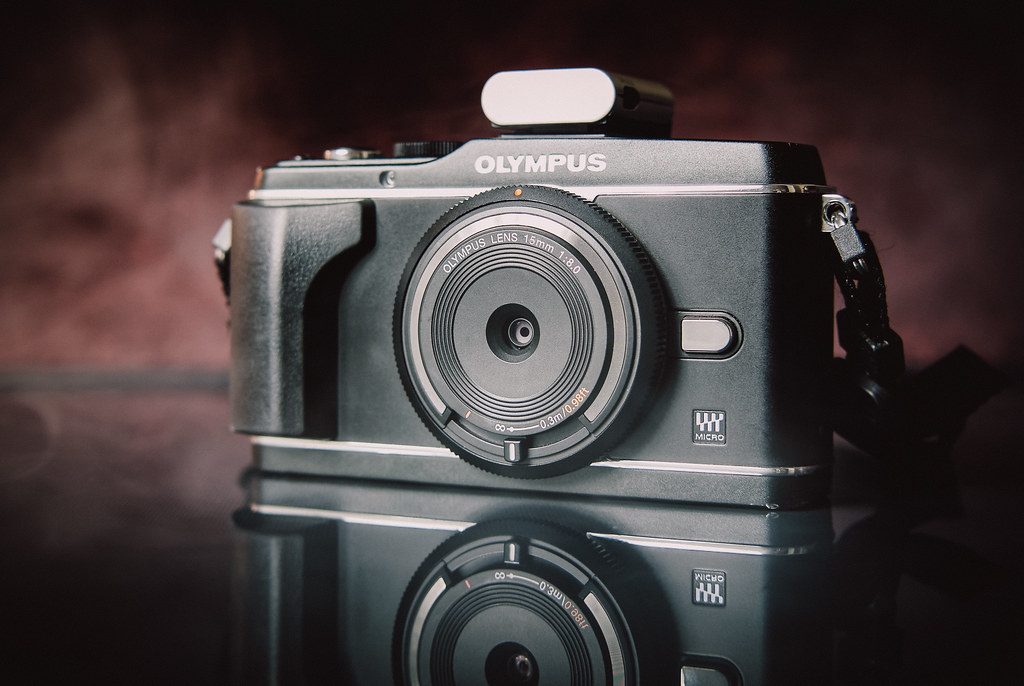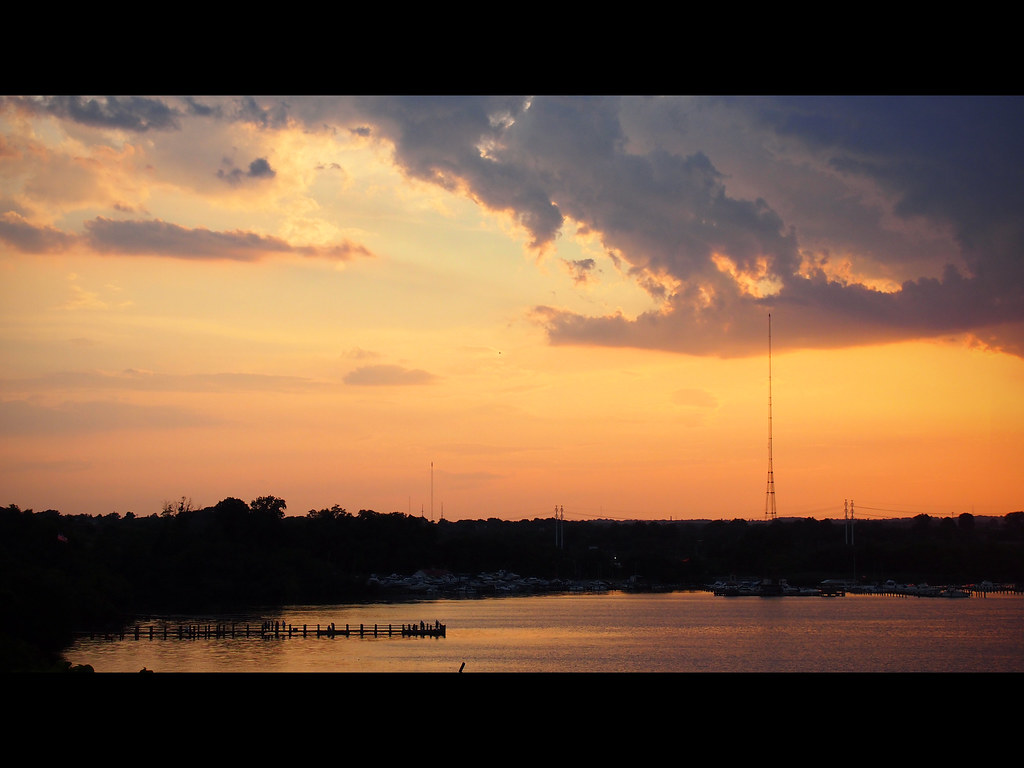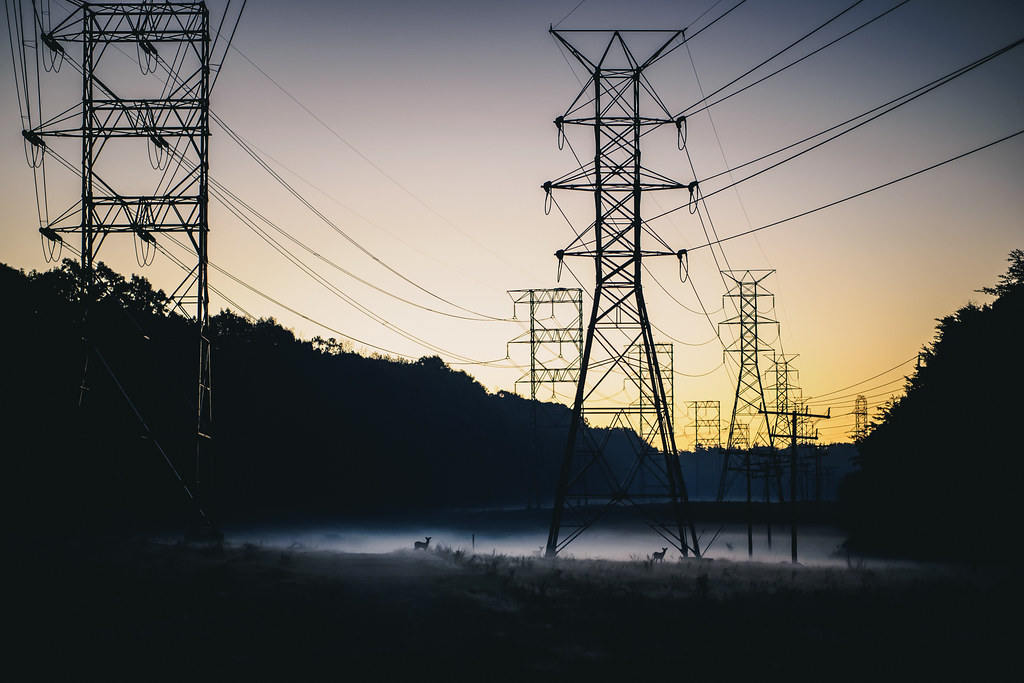My friend, Karen, shared a video with me maybe 2 years ago. A short by a photographer in which he dribbles on in a depressed monologue about the seasonal woes that are inevitably tied to Winter and the daylight ruin of turning clocks back an hour every November. It's actually a very good piece, and while perhaps not particularly inspiring in any overt, life changing way, it's reassuring in that the struggle of keeping creative drive up, keeping one's emotional health well managed, during the season is a shared hardship.
Personally, I remember Winter seasons when I'd simply retire the camera to a bag for months at a time and binge in excess on video games as my alternative escape. This was, of course, back before photography became a powerhouse hobby that largely governs major decisions and life choices for me, and today (and probably for the past 3-4 years) video games hold my attention about as well as a rattle captivates a baby. Lightroom and Photoshop are my video games now, and I'll sooner kill off evenings beating up old RAW files (and not publishing the results) than invest enough time to get past the starting area of Skyrim. But one can only batter the same RAW files for so long before they become redundant and boring, and once again evenings with nothing to do return to tax an already stir crazy brain.
So what is a creatively impassioned person to do when the daylight hours grow short and are otherwise robbed by the demands of a traditional work schedule?
I'll say right now, the working solution that has gotten me through the last 2 years with minimal cabin fever insanity seems so obvious I can't help but question my critical thinking skills. Thing is, it does require persistent dedication to an overall routine change, and it isn't something that is gently transitioned into but must happen immediately when the clocks turn back. Or, more accurately, it requires no routine change at all, but rather a willingness to ignore the arbitrary factor that humanity has agreed upon as global delusion,
time. So maybe it would be more helpful to never turn your clocks back at all, because the most effective cure for seasonal downs I've yet found is simply
getting up early.
I mean really early. Before the sun comes up early. Hell, before the sun comes up and with enough time to shower, eat breakfast, watch a dumb morning cartoon, drive somewhere 30 minutes away, and then hike another 15 minutes to
the spot kind of early. Any successful photographer harps on those wee morning hours as this magical "other world", and their images are amazing and there is a good reason for it. I'm still not disciplined enough to pull off those 3AM mornings the Big Names manage, but holy crap, even waking up with enough time to spend an hour photographing the morning before driving into work is a thing of soul enriching magic.
Think about it. You're going to spend some block of probably more than 8 hours in a batcave of an office, and even if you rush to get in early, nobody else is on that schedule (forever governed by the arbitrary time on their clocks) so you'll still wind up staying later just to complete tasks as they gradually roll in. Coming into work early only ensures you're going to put in a few extra hours and, maybe, work a shorter Friday or something inconsequential (or if you're salaried, nothing at all). Because your peers are operating on a social clock and value a culture which eats at 7 or 8PM and drinks until 11PM and then maybe crashes out by midnight, the immediate perception is that we must conform to this late evening routine lest we relegate ourselves to the bin of social outcasts (see also:
old people). And because of the overbearing influence of our peers, be they friends or coworkers, this change may not seem as easy as it actually is.
In the end we're all pretty depressed to walk out the office gates at 5PM and see that the sun dipped under the horizon 30 minutes ago with a mocking
"See ya, bitches!". For the majority of people, that's the point of the social pressure to get together in the evenings, because human beings are generally social creatures and it only makes sense to surround oneself with friends during the long-cold-dark season. But for creative types, the ones who lose their minds when they slip into any dry spell in which new work is not produced nor projects pursued, that kind of socialization is about as effective in coping with the season as a nicotine patch for a pack-a-day smoker (pro tip:
they're not super effective). The social atmosphere is a temporary distraction from the underlying stress of wanting to create new (and thoughtful) work. And the amazing thing is
that's totally possible to do even during the Winter months, but it requires a shunning of the social circle band-aid, willingness to adopt some
old man sleeping habits and the self-motivation to actually get out of bed at 4 or 5 in the morning. It's a lifestyle change, and like commitment to a healthy diet (
not to be confused with fad dieting) making the choice and following through with it the first time is the hard part. After that, it's routine.
None of this is to say you aren't going to "slip", and considering that "slipping" generally just means "hanging out with your friends late one night" that's not so bad. Personally, I still allow myself such egregious betrayal of my lauded Winter Routine Change on weekends. In my struggle, the bulk of my depression came during the week, rolling into the office before the sun came up and leaving well after it had gone down. As it applies to me, my steadfast commitment is to be awake well before sunrise on weekday mornings, run through my usual morning routine, but still have a solid chunk of time during which I can go somewhere compelling and photograph the sunrise or the morning fog. That is the nuance of the coping mechanism as it applies to me. It will apply to everyone differently.
The larger point of this jabbering thought-bomb is that there is an option available, specifically as it relates to photographers, to find a new muse and keep the good work flowing instead of enduring 6 months of persistent distractions spoiled by the nagging realization that you aren't producing anything you really care about. I have some good friends in the photography world who frequently lament the coming 6 month Long Dark. They decried it months ago with forlorn words, like an inescapable apocalypse. But now it's upon us, upon them, and I don't want to see anyone struggle to keep motivated all because of a shift in social patterns brought on by antiquated time measurement rules.
So do me a favor; if you're struggling to keep positive while the nights are extra long, try going to bed just a little bit earlier, set an alarm to jostle you awake at 5AM, get dressed and eat something delicious, then drive somewhere with an amazing view of the horizon. You'll probably hate it at first, but I promise the gold creep over the lip of the Earth from where you're standing will make it the easiest day you've ever gone through.
Bonus points if you catch the deer in the morning fog.




































